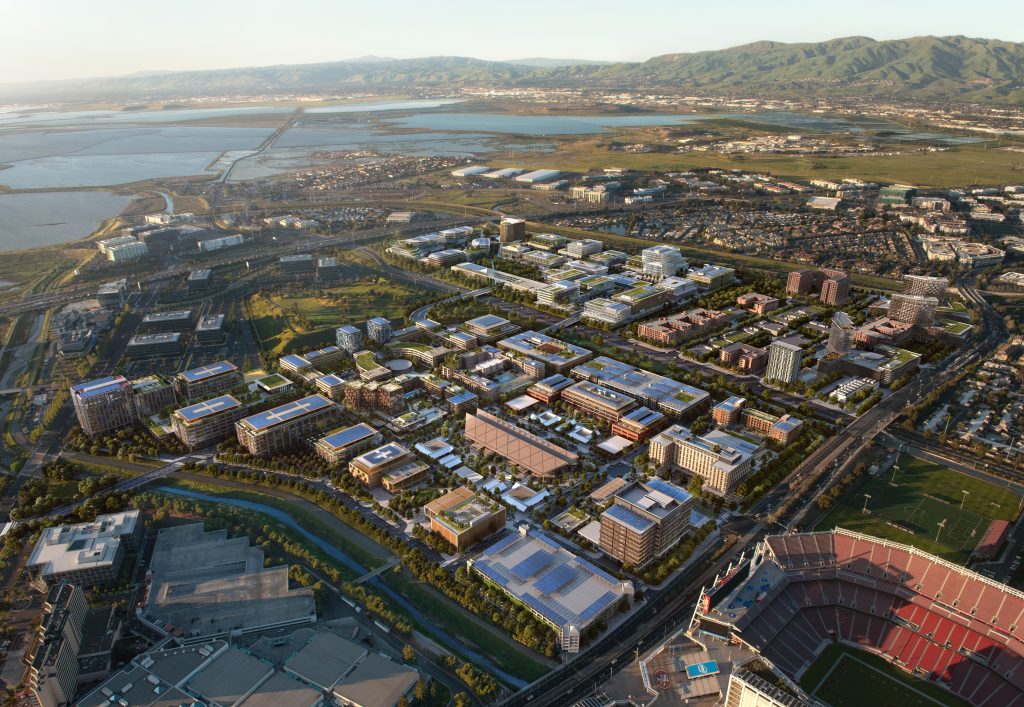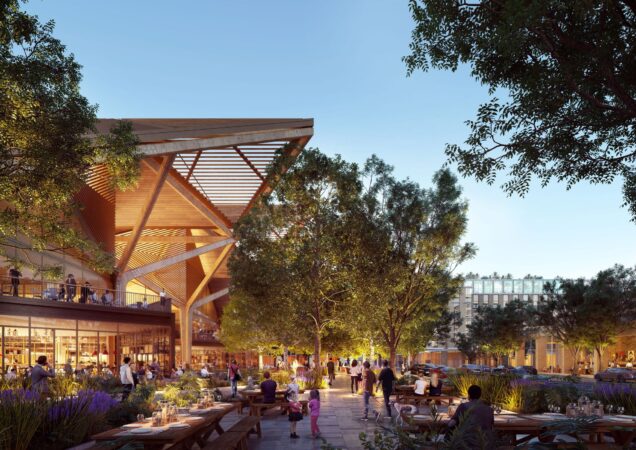Detroitisit, in partnership with the Consulate General of the Kingdom of the Netherlands in Chicago, and the Embassy of the Kingdom of the Netherlands in Washington DC will host a Sustainable Urban Design Summit in an effort to develop creative solutions through a global yet hyperlocal virtual program in partnership with and during the globally recognized Dutch Design Week.
Vice President of Development at the Related Companies and former Chief Development Officer for the City of Detroit, Ryan Friedrichs will offer key insights and examples of best practices in carbon neutrality and discuss the development of new sustainable technologies, critical in helping the world reach its Greenhouse Gas Emissions targets.
Join us for a fresh discussion between Dutch and Michigan based progressive leaders working to apply sustainable urban design and circular economy applications in architecture, design, policy, development, mobility, materials sourcing, and re-thinking how cities, citizens in them, their social cohesion, and the buildings that occupy space coexist.
Hear Ryan’s perspective on the topics on October 19th, 2021. The Sustainable Urban Design Summit will take place virtually over Zoom on October 19th and 21st at 9:30 am EST and 15:30 CET simultaneously.
Register for your FREE space to attend the Summit on Zoom here: sustainableurbandesignsummit.com
Ryan Friedrichs’ work in urban planning runs deep. A 20-year resident of Detroit, graduate of the

RYAN FRIEDRICHS, VP DEVELOPMENT RELATED COMPANIES
University of Michigan and Harvard University’s John F. Kennedy School of Government, former Chief Development Officer for the City of Detroit, and Chief Executive of several national institutions, he brings a wealth of knowledge to efforts surrounding all areas of Sustainable Urban Design. We conducted a brief interview with him leading up to the Sustainable Urban Design Summit.
What sustainability practices and standards is Related Companies involved in and what are some direct results locally and nationally?
Ryan Friedrichs: In 2009 Related set a company-wide standard of building to LEED Silver certification or approved equal green certifications. We actively engage with and support local authorities in the development of green legislation by providing technical expertise and early adoption practices, and are proud to be working toward results such as:
- 34 million GSF of multifamily, commercial and retail subsectors have begun to evaluate greenhouse gas emissions from operational energy usage in an attempt to reduce building emissions portfolio-wide.
- Over 16 million GSF of pipeline developments are analyzing projected greenhouse gas emissions in an attempt to reduce, offset or eliminate them during operations.
- Almost 10 million GSF of pipeline developments are integrating embodied carbon analysis into supply chain considerations through material life-cycle analysis of structural and major materials.
Good sustainable urban planning and design help improve the welfare of people and their communities. What examples do you follow?
RF: For 3rd party validation we look to LEED-ND and Fitwell Community certifications to hold ourselves accountable. We believe in cities and we focus our urban infill opportunities to better interconnect existing urban environments with the surrounding communities.
Related started exclusively as an affordable housing developer in 1972 and today is one of the largest developers and preservationists of affordable and workforce housing in the country.
Driven by the belief that every person deserves a high-quality home, Related has never converted a single unit of affordable housing to market.
Our traditional affordable housing portfolio extends across 23 states, and now serves the needs of over 50,000 households and 100,000 people including 25,000 seniors and nearly 30,000 children.
The affordable housing families we serve have an average income of approximately $20,000 per year and identify as Black, Latinx, Asian or American Indian.
Acknowledging that the population of seniors in the U.S. will double from 2010 to 2040, we have consistently incorporated a program of increasing the number of fully accessible units as a part of all our preservation and/or renovation sites.
What work is Related doing and seeing in terms of the reuse of the natural resources?
RF: We continually investigate geothermal potential and protect existing landscape wherever we can and rebuild vegetated networks as the projects allow.
Related also works to minimize water use, water cost, and environmental risk in all our portfolios. For example, Hudson Yards in New York City was designed with a campus-wide stormwater harvesting system estimated to reuse close to 10 million gallons per year.
What role does Sustainable Urban Planning and design play in the architecture of tomorrow’s Detroit?
RF: I believe that to support our expanding population while reducing GHG emissions, we must look for opportunities at the urban scale. Urban scale development provides sustainable energy, water, and waste opportunities that are accessible to single building developments – prevalent in Detroit.
One example to look toward is Cornell Tech on Roosevelt Island, which has some of the largest net-zero emission buildings in the United States. I think institutions like Cornell Tech and the Detroit Center for Innovation can lead the way in the development of new sustainable technologies, critical in helping the world reach its GHG targets.
In terms of the circular economy – what is the company’s perspective on the repurposing of materials in the design and architecture process?
RF: Related is focused on our efforts to reduce embodied carbon, using materials new to such as mass timber, reducing emissions from our dirtiest products like concrete with extremely high cement replacement, and lifecycle analysis of our project’s embodied carbon profile to try and reduce as well as push the manufacturing market to disclose and improve.
Are there examples of Related projects elsewhere that exemplify models that could be effective in Detroit?
RF: A good example is a current project we are working on in Santa Clara, CA. We are converting a landfill, golf course, and parking lots into a dense, carbon-neutral, 24/7 neighborhood with multiple improvements in the areas of transit and local connectivity. This project is LEED Gold-ND Designed, maximizes reclaimed water supply, and involves a large-scale solar power production with energy storage capability.

RELATED COMPANIES SANTA CLARA DEVELOPMENT
As always, be sure to subscribe to our newsletter for regular updates on all things Detroit and more.






















